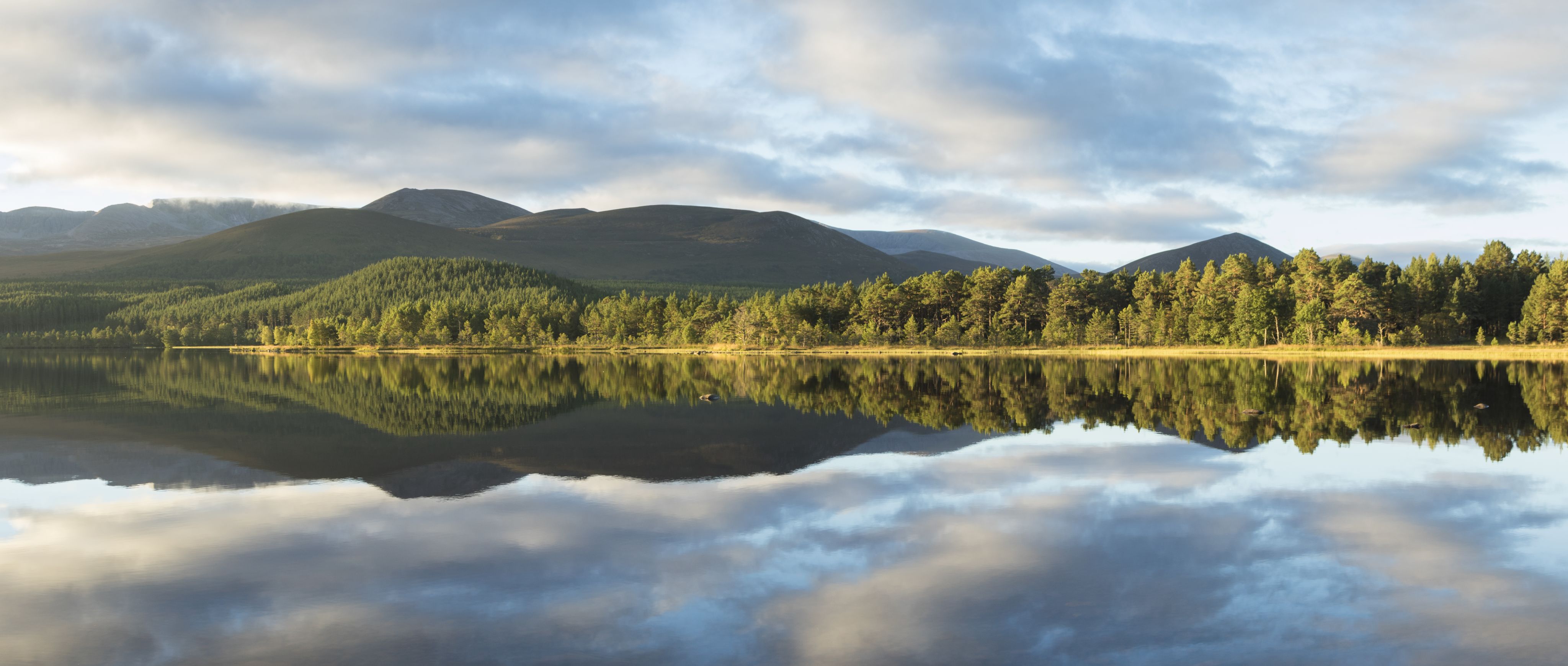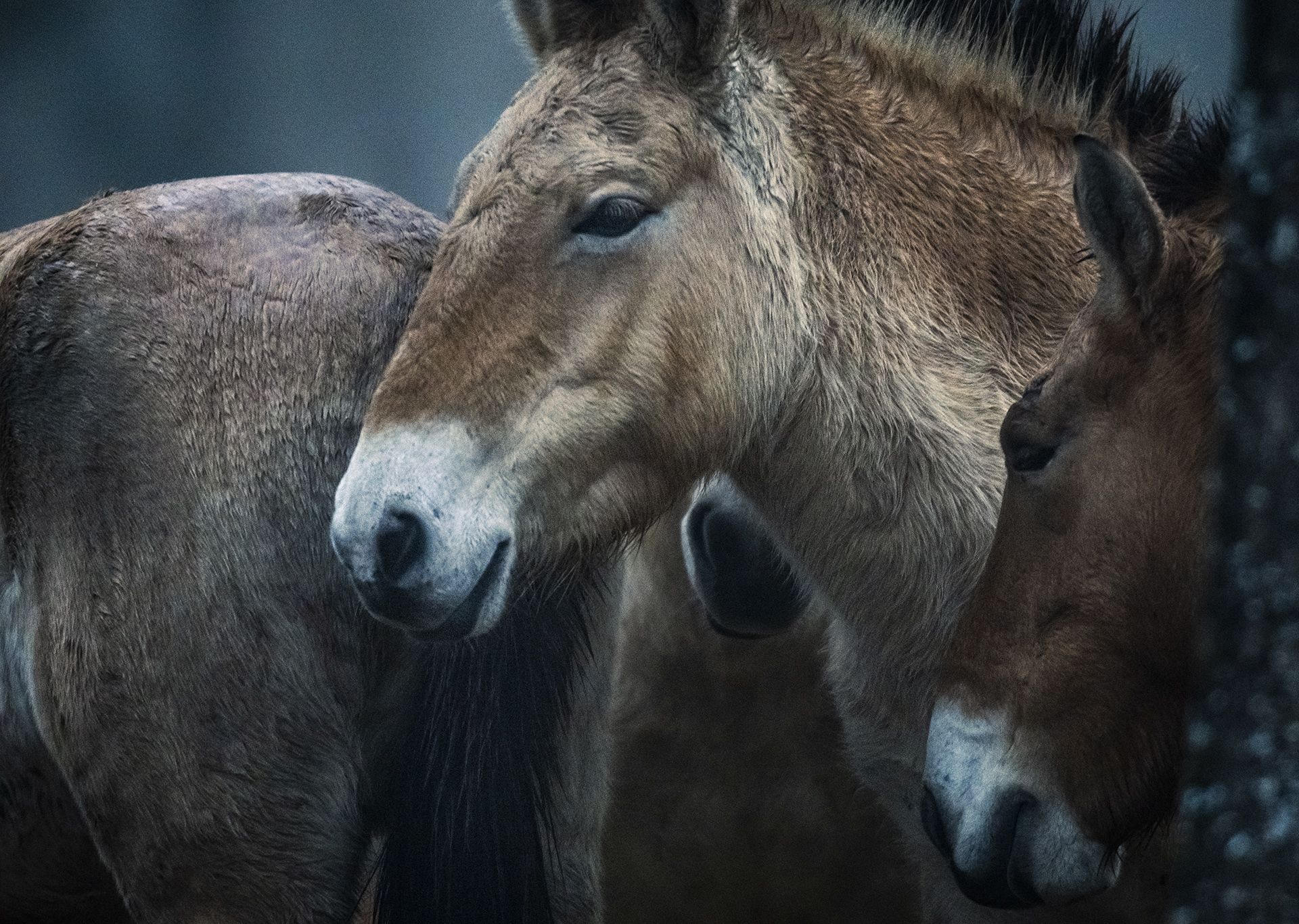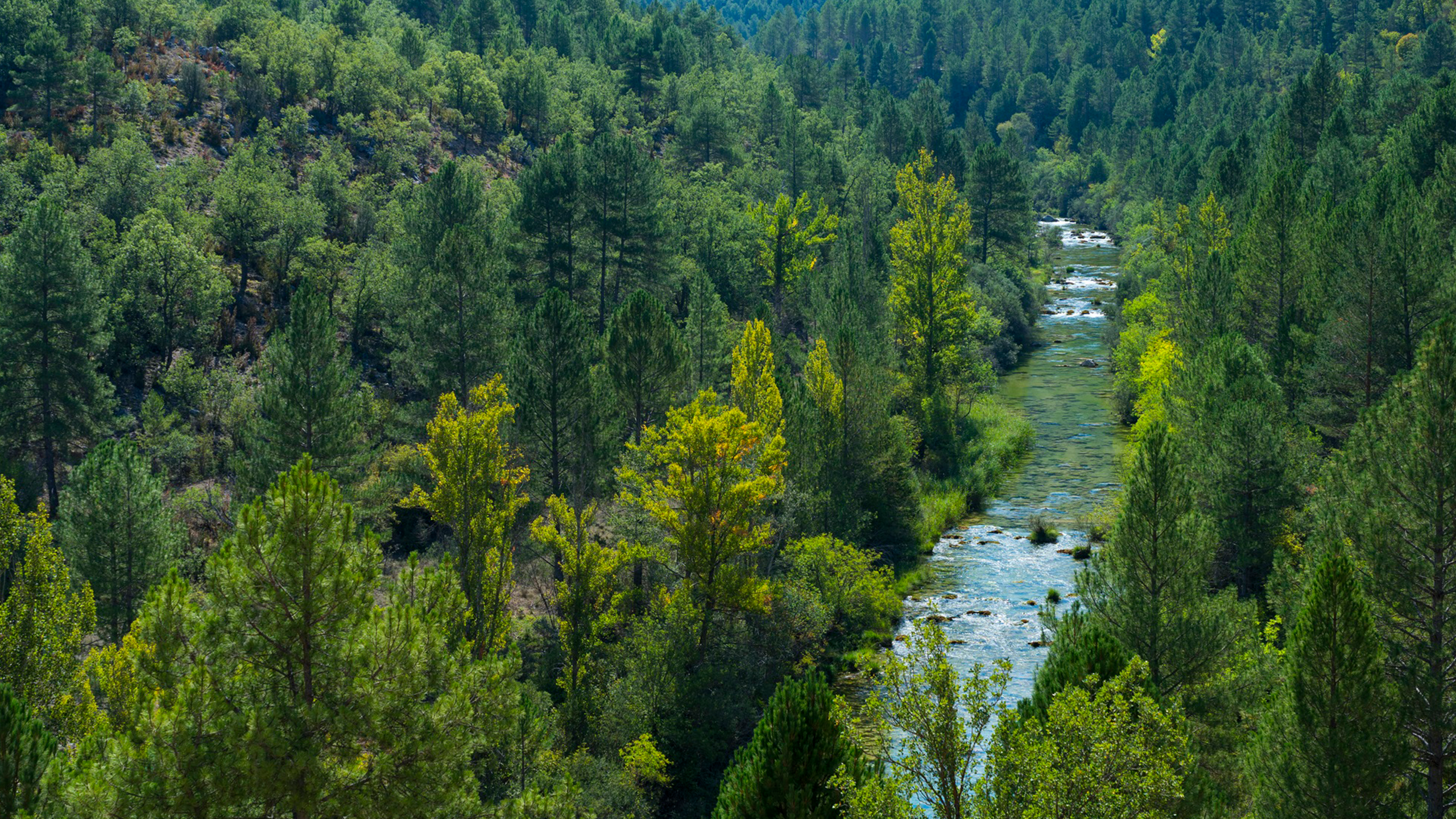How to restore a landscape
Inside the programme protecting Europe's land, sea and species

A bolder path
Biodiversity, climate stability and people’s relationship with nature have all declined in recent decades. To fulfil the EU’s new Nature Restoration Law, which requires the restoration of 20% of Europe’s degraded land and sea by 2030, it’s time to try something bold.
Enter the Endangered Landscapes & Seascapes Programme. The Programme provides grants to projects across Europe, so that they can restore threatened environments. Projects made possible by the Programme have preserved over 250,000 hectares of land and sea, and helped to protect over 100 threatened species.
Across 14 restoration landscapes, these projects are bringing back nature on a massive scale. From deltas in the Danube to Portuguese valleys, the Programme is allowing nature-based, community-led methods to revive the natural world.
“We’ve realised that nature can restore itself,” says Nancy Ockendon, Science Manager for the Programme. “For animals and plants to be resilient to climate change, they need open, diverse space. Thinking at landscape and seascape scales meets a lot of these needs.”
"We’ve realised that nature can restore itself"
Nancy Ockendon, Science Manager for the Endangered Landscapes & Seascapes Programme

There isn’t much time to figure out what works. The evidence from previous European conservation projects is surprisingly scant, and the potential paths to take are bewildering. Is it better to plant trees, or rely on natural regeneration? What species should we bring back?
And while time is short, restoration is not a quick fix. Some projects aim to kickstart sustainable processes that run for centuries. By the time projects have acquired baseline data and have made their interventions, they could be several years in. How do we document change in a meaningful way, over such large areas and long periods of time?
These are pressing questions. And the Endangered Landscapes & Seascapes Programme is working hard to solve them.
Thinking on a landscape scale
“The main way we build evidence is through monitoring. We choose indicators that will give useful information about how landscapes are changing. Restoration takes a long time: some of our projects have a 200 year vision.
“We think carefully about what will motivate policymakers to engage with restoration, and inspire the local community.”
In this endeavour, Nancy can rely on her friend Bill Sutherland, whose Conservation Evidence group she worked in for five years.
“Bill was influential in setting up the Programme. He suggested that all our projects contain an experimental trial component, to build the evidence base for what works in restoration. His group thinks a lot about how best to combine different kinds of evidence to make a decision about what's best for a given landscape.
A cinematic introduction to the Programme
“Every landscape is unique. Our project partners are incredible: they really know the land they’re restoring. Drawing on that experience, they test several different approaches at once, to see what works best.
“These projects have to be there for the long term. They need to be physically present in the landscape, and be a part of the community. This is why all the projects we support have strong links to local communities.
“For example, in the Carpathian mountains, Foundation Conservation Carpathia has over 100 staff, many of whom have been recruited from, and live in, the community. In the long term, they hope to establish a protected area that is supported by a thriving local economy.”'
The Programme is also keen to harness the power of failure.
“We’re trying to create an open and honest culture, and learn from our mistakes. It’s a new discipline. We will get things wrong.”
In Turkey’s Gökova Bay, the project trialled cages for transplanting seagrass – which worked, until the cages were washed away in a storm. Misfortunes like these suggest changes for a future design. Other projects can build on this, and skip some earlier tribulations.

Into the wild
Despite the intimidating task, Nancy remains focused and hopeful.
“Careful management of these landscapes over the last few decades has demonstrated what is possible. What was once a barren valley in the Cairngorms is now covered in native Caledonian, broad-leaved forest. We’re busy collecting data that will encourage others to emulate our approach.”
At the Society for Ecological Restoration’s 2024 conference, 30 project partners delivered inspiring talks. As well as learning from each other, they provide a model for landscape-scale restoration, showing how it can move ecosystems towards positive tipping points.
Project partners at the SER conference in Estonia
Project partners at the SER conference in Estonia
One Endangered Landscapes & Seascapes Programme project Nancy calls an ‘inspiration’ sits just a couple of hours drive from Madrid. This summer, she joined its community for a film screening, where the local mayor waxed lyrical about the jobs the project has generated.
Read our introduction to the Iberian Highlands now, and see how this landscape-scale approach is being put to work. If you strain your ears, you might hear the galloping of Przewalski's horses.
Elsewhere, a UK project is providing a safe haven for vital fish and bird species. Dive into the Solent Seascape to see how volunteers are braving the early chill to plant new seagrass meadows.
The Endangered Landscapes and Seascapes Programme is managed by the Cambridge Conservation Initiative, a partnership between the University of Cambridge and ten of the world’s leading international biodiversity conservation organisations. The Programme was established and continues to be funded by Arcadia, a charitable fund of Lisbet Rausing and Peter Baldwin.
Published October 2024
The text in this work is licensed under a Creative Commons Attribution-NonCommercial-ShareAlike 4.0 International License

